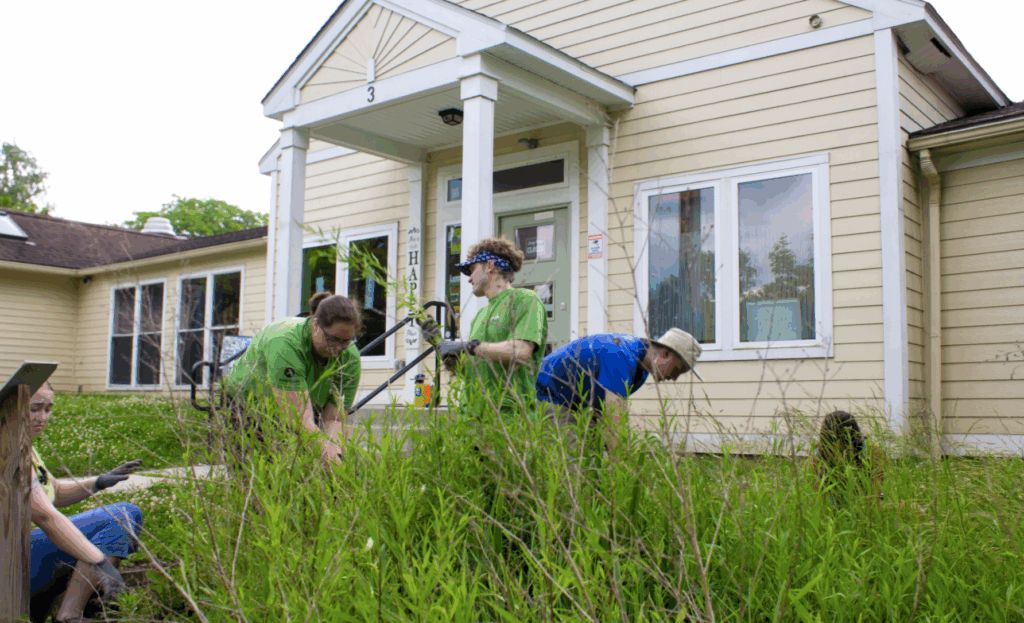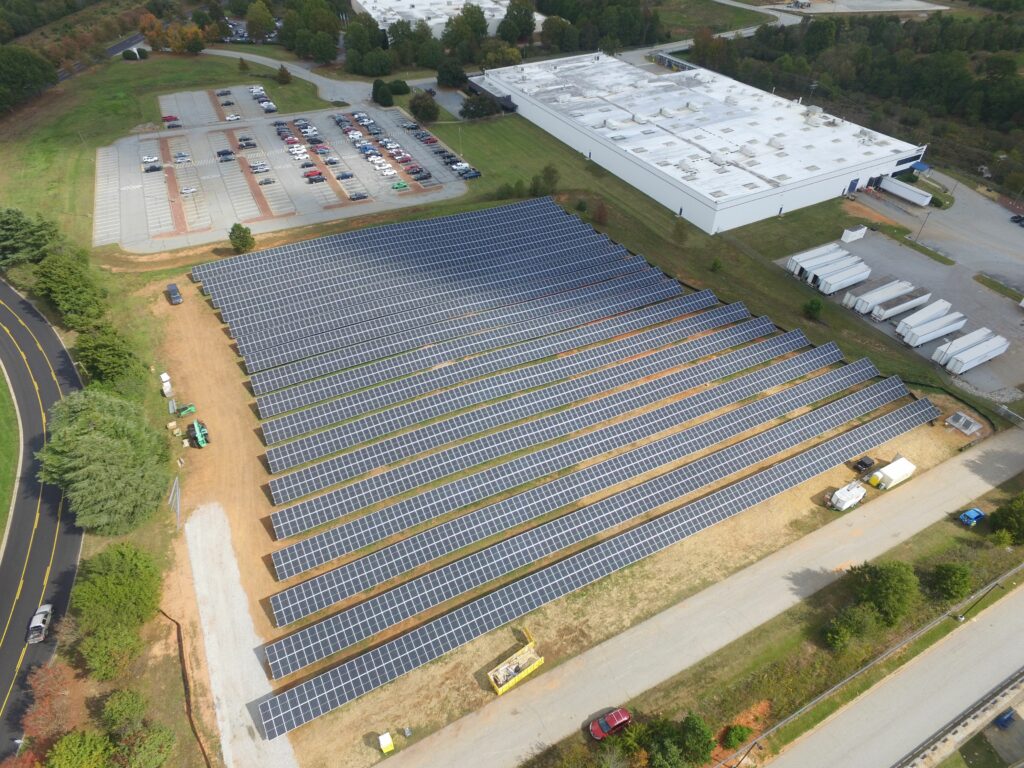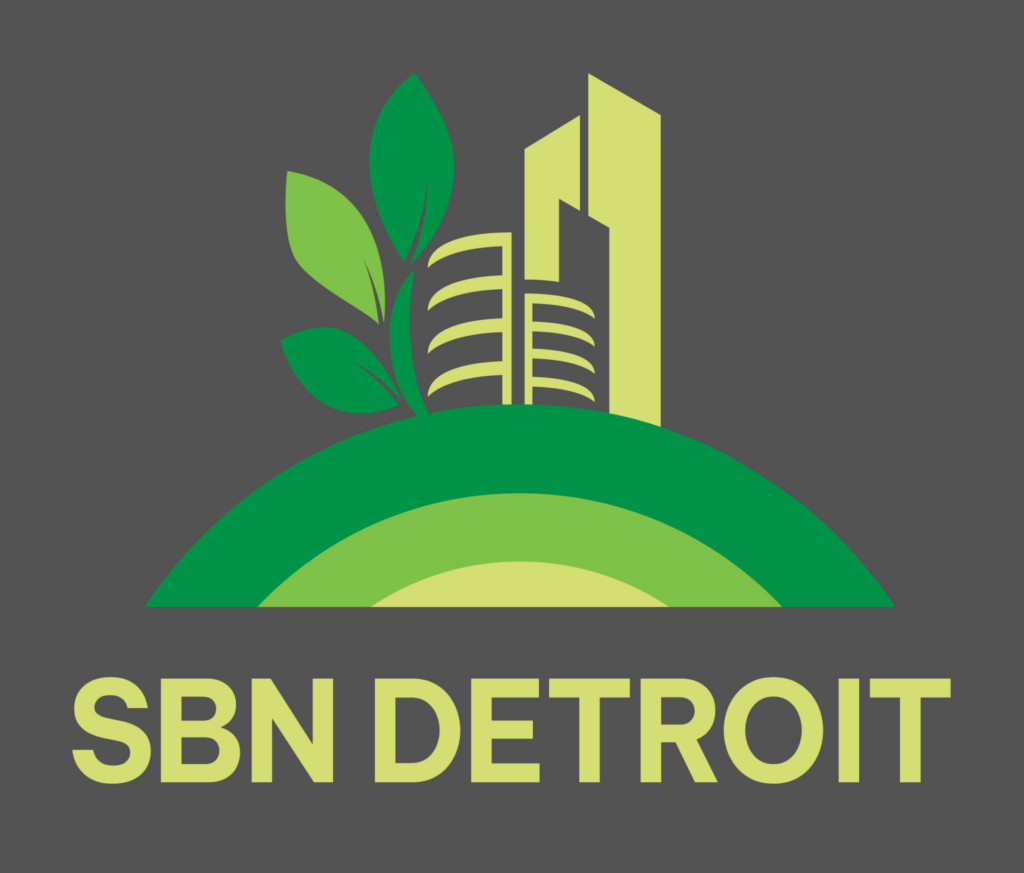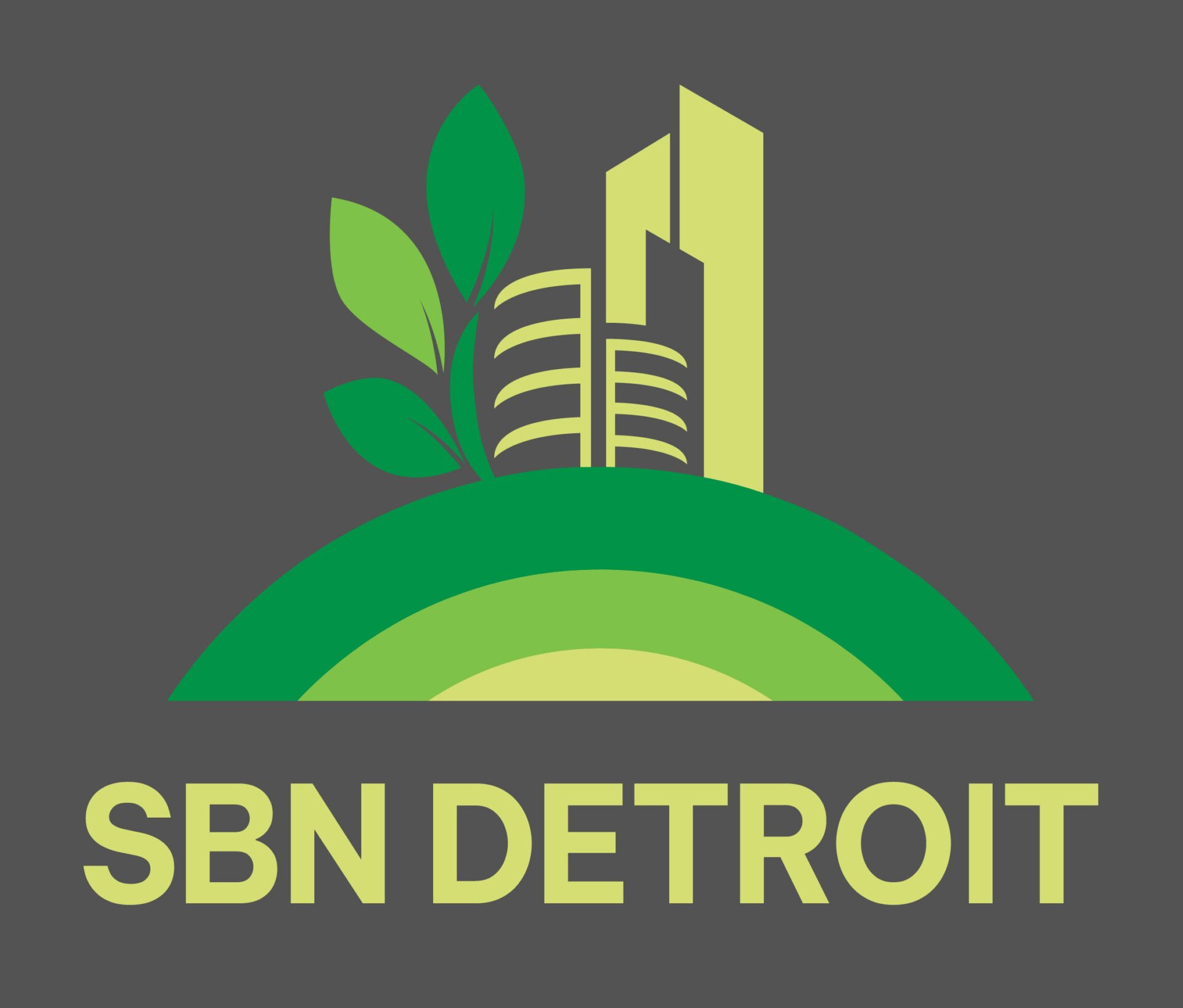Ann Arbor’s Climate Strategy

In 2020, the City of Ann Arbor adopted A²ZERO, a climate action strategy designed to achieve community-wide carbon neutrality by 2030. The plan outlines a framework for embedding sustainability into city operations, economic growth, and everyday decision-making, while also emphasizing equity and long-term resilience. One of the most visible efforts under A²ZERO is the Bryant project, a first-of-its-kind initiative to transition an entire neighborhood—home to more than 250 households—toward carbon neutrality. The project combines energy efficiency upgrades, renewable energy, and community-centered planning to create a scalable model for neighborhood-scale decarbonization. Leading the A2ZERO program is Missy Stults, Ann Arbor’s sustainability and innovations director, who helped steer the A²ZERO plan’s rapid development and continues to guide its evolution. SBN Detroit interviewed Stults about how the plan is shaping the local economy, what other cities can learn from Ann Arbor’s approach, and the challenges and opportunities that lie ahead. Q: How is sustainability fueling the local economy in Ann Arbor, and what benefits are you seeing from the A20 plan? A: We’re working to institutionalize sustainability as part of the culture, and we are seeing it manifest in multiple ways. Tech entrepreneurs are innovating around clean energy and mobility. In the circular economy, businesses are repurposing materials or finding second lives for decommissioned electronics—like harvesting valuable parts from old phones. I see this as a movement by which people make choices not just because they’re profitable, but because they’re right, and we’re making them more convenient. Over time, that mindset fuels business innovation and economic resilience. Q: What differentiates A²ZERO from other cities? A: First, the speed. We built this plan in 82 days. Second, we never pretended it would be perfect – we focused on what was possible and necessary. We talk about the planning being a living framework for our work, something that is directional but not the directions for where we need to go. Third, we anchored it in three pillars: equity, sustainability, and transformation. Equity is the center of the work (not just a lens we look through). Sustainability means it must last well beyond any of us. Transformation acknowledges that the systems that created this crisis cannot be the systems that solve it. Lastly, we also didn’t shy away from costs. It would have been easier to gloss over the investments needed, but we were transparent. That honesty has required us to be bold and very vulnerable, and I think that differentiates the Ann Arbor process. Q: How has the strategy evolved since its 2020 adoption? A: Constantly. Telework is a good example. The original plan was written in 2019, just before the pandemic. Telework wasn’t part of it – then suddenly it became central. The plan is directional, and we adapt to cultural, political, and financial moments as they come. Another example is tree planting. Our goal was to plant 10,000 trees later in the plan, but in 2020, we pulled that forward because it was work we could do during the pandemic. We’ve now planted 11,000 trees. That’s the beauty of a living document – It allows us to be nimble while staying aligned to the overall direction. Q: If you could think freely – blue-sky style – what environmental innovation or policy would you love to see Ann Arbor implement next? A: If a flood is happening, the first thing you do is turn off the faucet before you clean up. We need that mindset here. We need building codes and regulations that stop allowing new buildings that pollute. We need aggressive codes that require polluters, such as manufacturers and industrial operators- not individuals – to take responsibility for the pollution they are creating. That kind of systemic shift is essential. Q: What key lessons can other cities learn from the Bryant project? A: The importance of trust. It’s something you can’t underestimate. The community has to determine the end goals. And you have to show up consistently, even when the answers aren’t easy. Early on, people asked, “What if Bryant gentrifies?” We didn’t have an answer – but we said that out loud and committed to figuring it out together. Persistence and vision matter. People need hope, but hope without action is empty. In Bryant, we’ve paired hope with concrete steps – like stabilizing utility bills through energy efficiency improvements- and that sequencing is critical. Now the project has momentum, and we are looking at things like installing networked geothermal. Q: Given recent setbacks—like reduced federal funding and legal barriers—what’s your strategy for sustaining progress? A: Force and persistence. There’s no option but to keep doing this work. Well, the only option is complacency, and that won’t happen. Success begets success. Our goal is to institutionalize sustainability so deeply that it doesn’t matter who is in my role – this will be part of Ann Arbor’s DNA. It’s important to note that local governments have historically had do this without much federal support. The Biden administration was an outlier. We are used to working under challenging conditions, and we will continue regardless. Q: What are some recent wins or innovations? A: In November 2024, voters approved creating the nation’s first sustainable energy utility—an opt-in utility that is supplemental to the existing investor-owned utility, and a utility that only offers energy from renewable energy sources. That’s transformative. In Bryant, we’ve secured $18 million, including a $10 million federal geothermal grant we hope is finalized soon. That would be one of the first large-scale demonstrations of an alternative heating and cooling model in the country. We’re also piloting a circularity initiative with returnable containers, which could scale into broader partnerships. I’ll stop there. There’s much more being done, but these are some good examples of the transformation that’s happening. Q: How are you tracking outcomes? A: We use a mix of metrics. Some update automatically every day into a reporting dashboard we have; others are annual. We’re close to releasing the 2024 annual report. But we also recognize that not everything that matters can
Bosch and Sustainability in Detroit

Bosch is a Germany-based global supplier of technology and services that employs 421,000 employees worldwide in over 60 companies. It has technical centers in Farmington Hills and Plymouth. We spoke to Tracy Rosol, carbon neutrality coordinator for the U.S. and Canada, about how the company approaches and manages sustainability. Q: How does Bosch approach carbon neutrality? A: In 2019, our leadership announced that Bosch would become 100% carbon neutral. We established committees in a multitude of countries and put key people in place to procure new green energy and carbon credits to offset emissions. We created a database where locations worldwide submit information like how much energy, water, and gas each is using. Q: What is your role in this? A: Germany is our hub and all initiatives roll out from there and cascade down. My main role at Bosch is operations support analyst – and I am also the carbon neutrality coordinator for the US and Canada. We have a carbon neutrality coordinator in every country. Q: What are your goals in this role? A: We had requirements to be 100% carbon neutral, and we reached that goal in 2020. It was not an option to fail. The entire company – over 400 locations worldwide – has reached this goal. Q: Tell us about some of the internal initiatives Bosch has implemented to protect the environment. A: Bosch works to invent things to make life better. We are working on different fuel systems, working on recycling programs, and composting programs. Within the facilities, there are many initiatives to ensure we are landfill-free. We work with local amenities for plastic pickup. Our cafeterias use compostable items and composting bins. What trash we do have is incinerated. We are working on technologies to reduce energy usage in our plants and also in homes. All of our lighting has now been changed to LED and we use motion detectors. We are working to install solar on sites. Bosch purchases carbon credits on behalf of all employee flights in an effort to offset flight emissions. It’s built into travel costs. This is all driven globally. Q: What is the sustainability approach when it comes to products? A: Let’s just use a pen as an example of a product. Bosch’s goal, as well as the OEM’s, is to make sure the entire process of developing this pen is sustainable. This involves what materials are being used, where the materials are procured from, what ink is being used, the packaging, the transport … all along the chain every piece needs to be sustainable. We are also pushing all other businesses we do business with to utilize sustainable practices. Q: What are the challenges? A: The biggest challenge is ensuring where our renewable energy credits come from and making sure all locations are being issued the credits for the recs. The challenge is tracking it. This involves handling a lot of data across all locations. Additionally, the market is challenged because so many companies are looking to procure renewable energy. This causes the price to fluctuate, and it’s a constantly changing market. We don’t want to over-purchase or under-purchase so it’s a challenge to manage this. Q: How are partners vetted when it comes to sustainability? A: We have a third-party vendor that is directly connected to the markets so they do this for us. We also have an external legal company. Bosch is not an expert in these areas and won’t pretend to be, so we go to the experts and use them to assist us in all of this. Q: What advice do you offer to businesses looking to contribute to sustainability overall? A: Begin with low-hanging fruit. Take a look at where you are wasting energy and start to make a change. Things like putting in motion detectors and switching to LED are good places to start. Reduce where you can. Utilize composting. Put recycling processes in place. From there, find a reputable company to walk you through it. Companies like Honda have partnered with Detroit Edison to put on webinars. Attend the webinars and begin to learn. Find ways to lean on experts and use their resources. Bosch did not do this overnight. We started in 2016 and worked at it over time. Be sure to subscribe to our newsletter for regular updates on sustainable business practices in and around Detroit.


